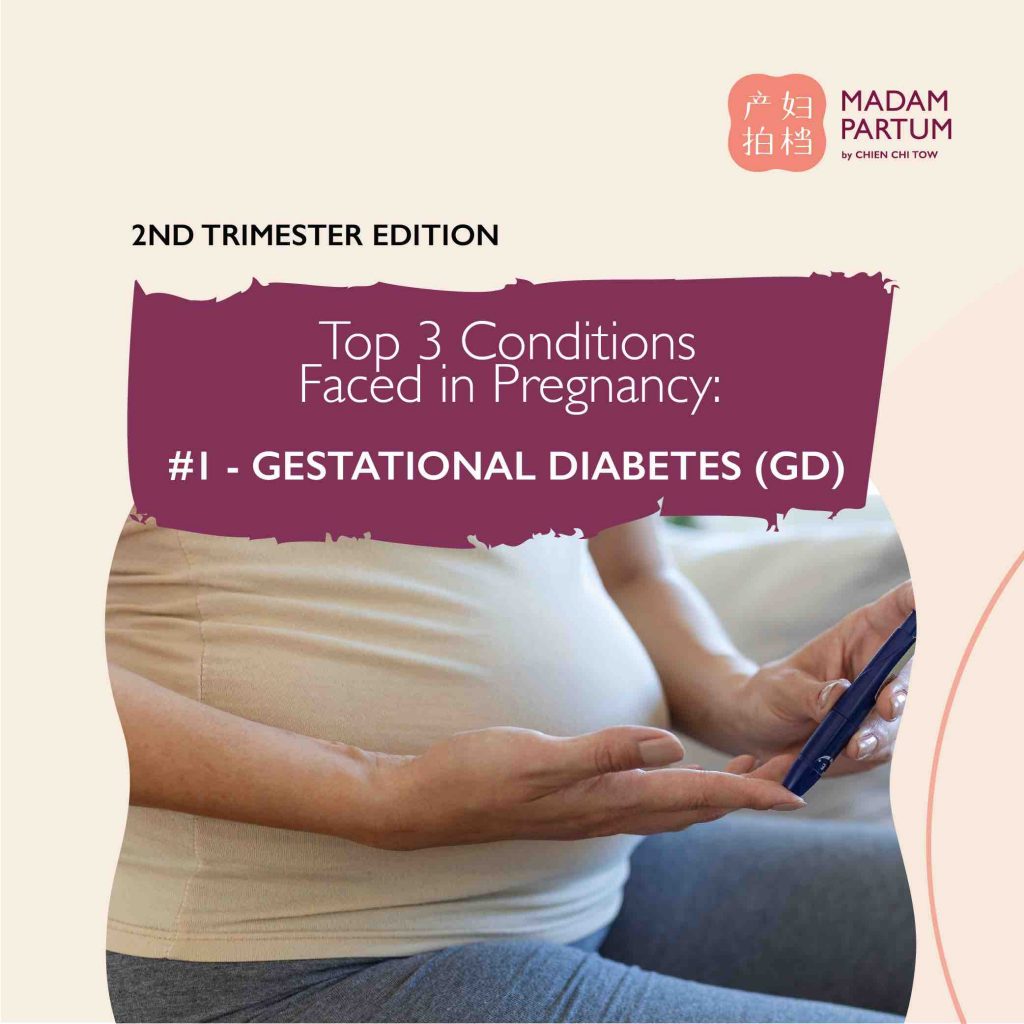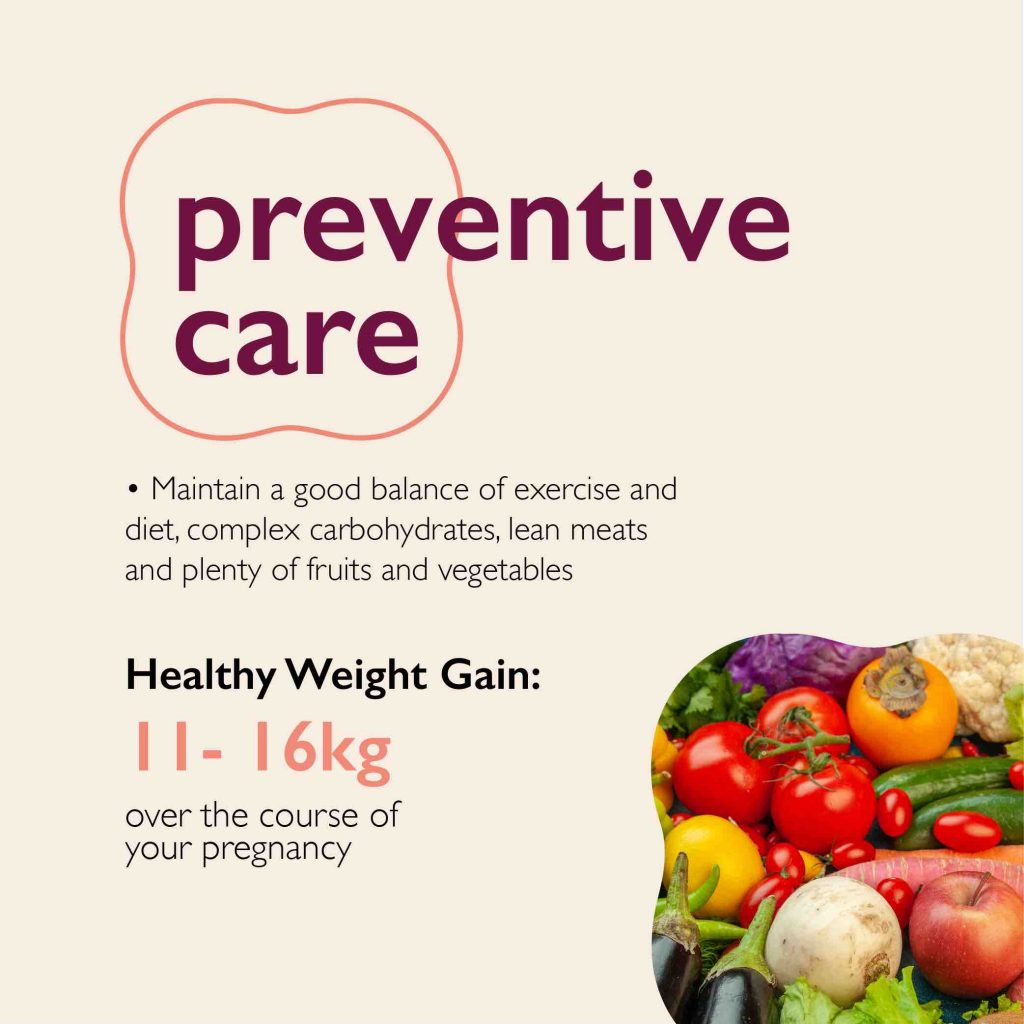
Acupuncture can really improve Fertility Success?
For many couples struggling with infertility, the journey to parenthood can be fraught with challenges,

Do you know what are the top 3 conditions faced by pregnant women?
First condition will be gestational diabetes, which happens to women during pregnancy. Just like a normal diabetic person, the mother’s glucose levels are higher than usual, which can lead to some health concerns.
During pregnancy, some people may develop high blood sugar levels. This condition is known as gestational diabetes mellitus (GDM) or gestational diabetes. Gestational diabetes typically develops between the 24th and 28th weeks of pregnancy.
And if your gynaecologist suspects that you may have Gestational Diabetes, they may call for an OGTT test.

The OGTT measures blood glucose after you fast for at least 8 hours. First, a health care professional will draw your blood. Then you will drink the liquid containing glucose. You will need your blood drawn every hour for 2 to 3 hours for a doctor to diagnose gestational diabetes.
What are some of the early signs

A proper diet, and regular exercise are important healthy lifestyle adjustments to prevent gestational diabetes.


This condition is the development of high blood pressure associated with protein in the urine from week 20 of pregnancy onwards, and may even occur up to six weeks postnatal. Some moms may experience sudden swelling of limbs, a severe headache, reduction of urine output, or even gastric pains. It can also lead to clotting issues that may affect organs, such as the liver and kidney.
To find out if you have this condition, your gynae might call for a few tests as an early diagnosis. These tests can be as basic as Blood Pressure test or Urine test to detect signs of protein.


What are some of the early signs

There are some precautions you can take to prevent preeclampsia.

Swelling is common in the second and third trimesters of pregnancy due to the increase in circulating fluid in the body. From a TCM perspective, swelling may be from stagnant Qi, or deficiency in the spleen or kidney organ systems.

Placenta previa is when a pregnant woman’s placenta blocks the opening to the cervix that allows the baby to be born. This condition can cause severe bleeding before or during labor.
The main symptom of placenta previa is sudden light to heavy bleeding from the vagina.


A proper diet, and regular exercise are important healthy lifestyle adjustments to prevent gestational diabetes.


A placenta previa diagnosis can be alarming for people who are expecting a baby. Here are some ideas for how to cope with your condition and how to prepare yourself for delivery.
The more you know, the more you’ll know what to expect. Get in contact with other people who have been through placenta previa births.
Depending on the type of your placenta previa, you might not be able to have a vaginal birth. It’s good to remember the ultimate goal — the health of you and your baby.
Pelvic rest is important while you are experiencing this condition. Additionally you should not engage in any strenuous activity or heavy lifting. You’ll also be asked to avoid sex as well.

For many couples struggling with infertility, the journey to parenthood can be fraught with challenges,

𝗕𝗮𝗯𝘆 𝗱𝗲𝘃𝗲𝗹𝗼𝗽𝗺𝗲𝗻𝘁 ▶ 𝗦𝗶𝘇𝗲 & 𝘄𝗲𝗶𝗴𝗵𝘁. Your baby at 18 weeks is the size of a cucumber.

What To Expect In The First Trimester? We are sure that first time or even